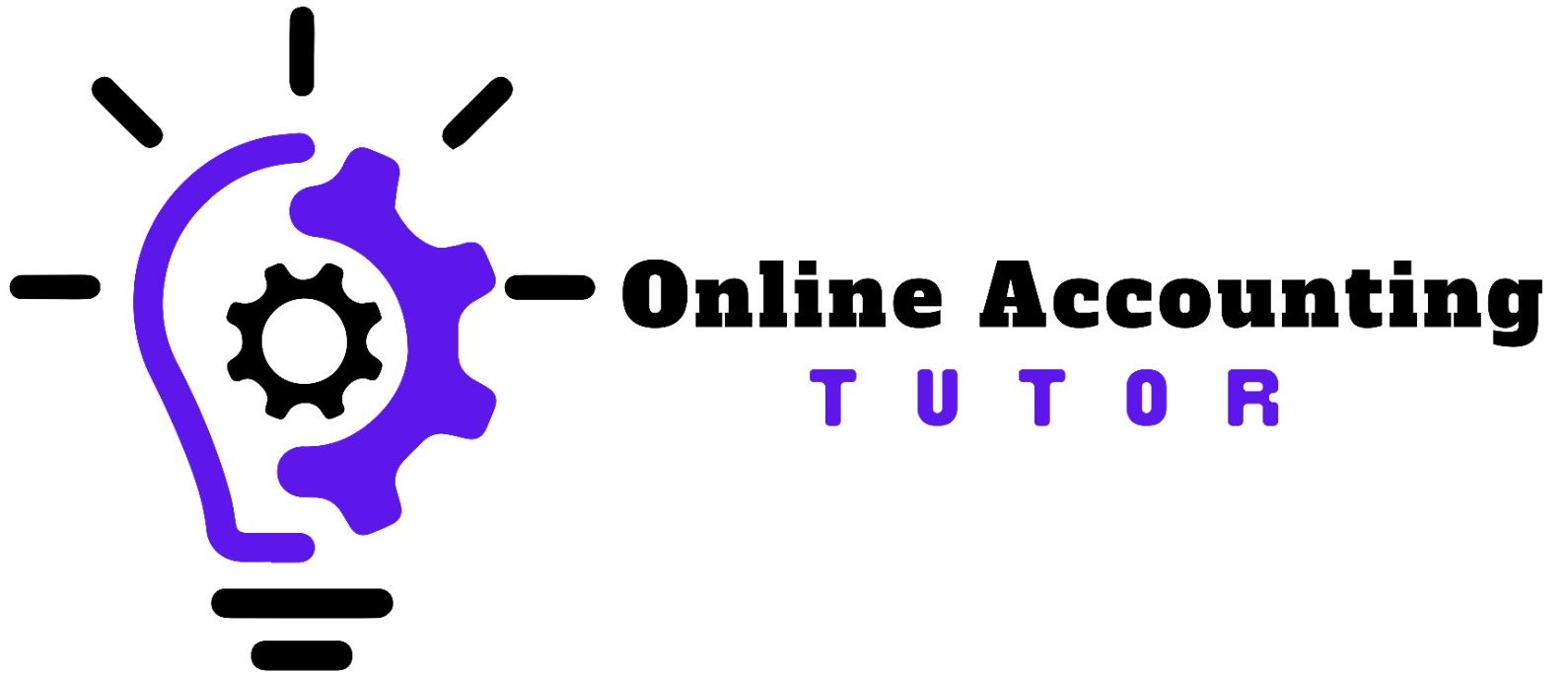Introduction
In the world of accounting and finance, asset classification plays a crucial role in understanding a company’s financial health and making informed business decisions. This article explores the fundamental differences between current and long-term assets, providing insights into how these classifications impact financial analysis and reporting.
Understanding Asset Classification
The Basics of Asset Classification
Asset classification involves categorizing a company’s assets based on their characteristics and the time frame within which they can be converted into cash. This classification is essential for accurate financial reporting, liquidity analysis, and effective management of resources.
Current Assets: Definition and Characteristics
Characteristics of Current Assets
- Liquidity: Current assets are liquid, meaning they can be easily converted into cash within a year.
- Examples: Common examples include cash, marketable securities, accounts receivable, and inventory.
- Purpose: These assets are used to fund day-to-day operations and manage short-term obligations.
Importance in Financial Analysis
- Working Capital: Current assets are a key component in calculating working capital, which indicates a company’s short-term financial health.
- Liquidity Ratios: They are used in liquidity ratios like the current ratio and quick ratio, helping assess a company’s ability to meet short-term liabilities.
Long-Term Assets: Definition and Characteristics
Characteristics of Long-Term Assets
- Longevity: These assets are held for more than a year and include property, plant, equipment (PPE), long-term investments, and intangible assets like patents and trademarks.
- Depreciation and Amortization: Long-term physical assets often depreciate over time, while intangible assets are amortized.
Role in Financial Strategy
- Capital Investments: Long-term assets represent capital investments made for sustained revenue generation and growth.
- Financial Health: They are indicators of a company’s long-term financial health and operational efficiency.
Differentiating Between Current and Long-Term Assets
Criteria for Classification
- Time Frame: The primary criterion is the time frame in which the asset is expected to be liquidated or used up.
- Purpose and Use: The intended use of the asset also plays a role in its classification.
Impact on Financial Statements
- Balance Sheet Presentation: Current and long-term assets are presented separately on the balance sheet, providing clarity on the company’s financial structure.
- Investment and Financing Decisions: The classification impacts investment decisions and financing strategies, influencing how stakeholders view the company’s stability and growth potential.
Conclusion
Understanding the distinction between current and long-term assets is fundamental for anyone involved in financial management or investment. This classification not only affects how assets are reported in financial statements but also provides valuable insights into a company’s operational efficiency, liquidity, and long-term financial strategy. By accurately classifying assets, businesses can ensure more effective resource management, sound investment decisions, and robust financial planning.
"Are you tired of struggling in accounting class? Let us make accounting easy and enjoyable for you."







